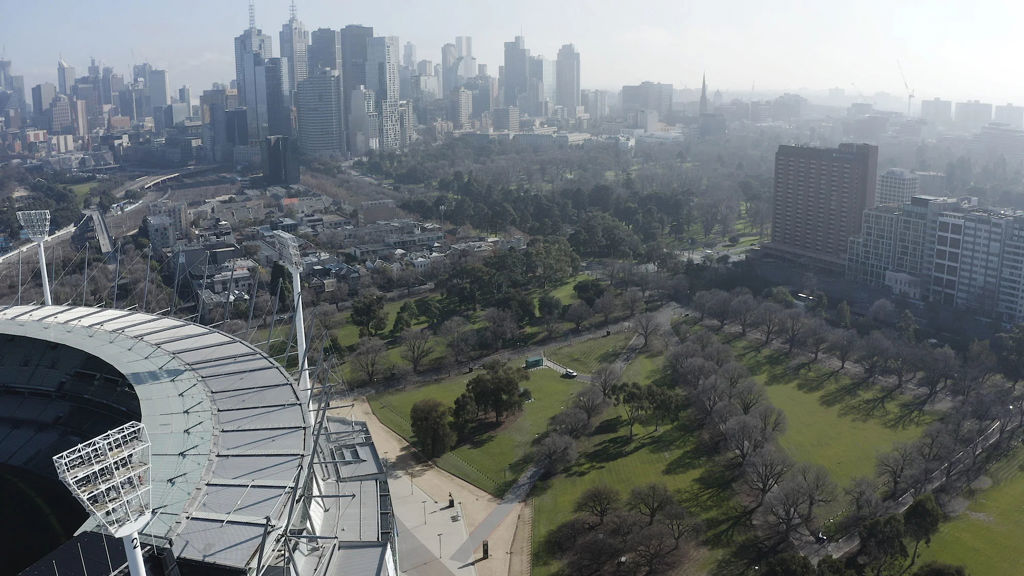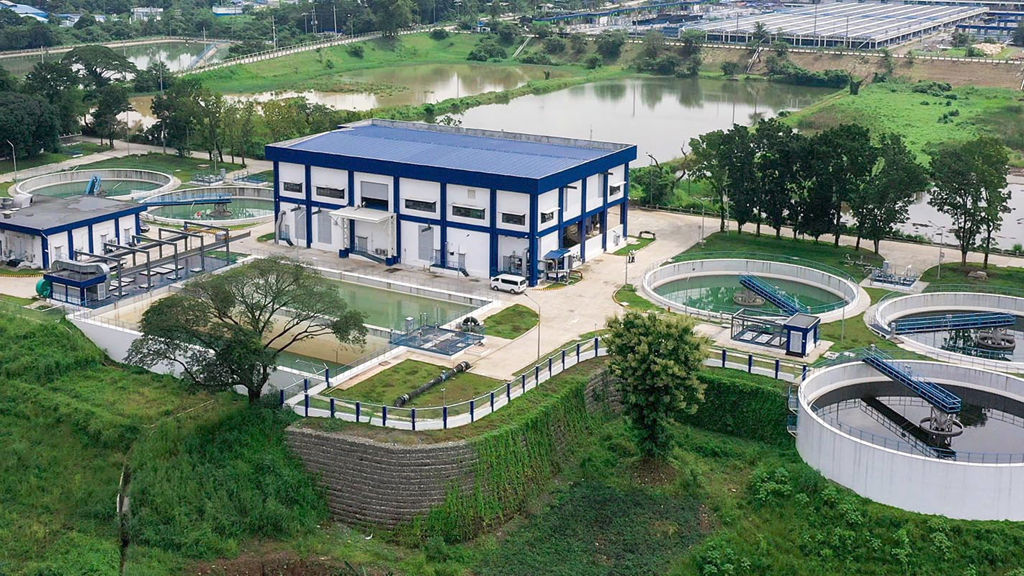When inspections found a group of 150-year-old reservoirs in Wales’s Snowdonia National Park to be failing, owners Natural Resources Wales (NRW) appointed Arup to design a solution to ensure their safety in the long term.
Reservoirs are some of our best-appreciated examples of civil engineering, supplying water for homes and industry, offering habitat for wildlife and providing amenity value for visitors. But if dams fail, they pose a risk of catastrophic flooding for those downstream and potential criminal, civil and reputational consequences for reservoir owners.
Restoring failing dams with minimal impact and maximum effectiveness
Using a restorative green infrastructure approach, we focused on reusing and strengthening existing structures to minimise the project’s impact on the local environment. The solutions have been tailored to each site, protecting habitats and ensuring NRW can efficiently maintain the reservoirs in future.
The scheme has made the reservoirs safe for visitors and local communities while respecting their unique historical, ecological and amenity value within the national park landscape. NRW is now using our approach as a blueprint for projects of this type.
A challenging site with a historic legacy to protect
All three reservoirs sit within the Gwydir Forest Special Area of Conservation (SAC), which includes many Sites of Special Scientific Interest (SSSI). While the reservoirs, originally constructed to serve the area’s metal mining industry, leave a legacy of protected historic structures, they can also leave potentially contaminated silts within the dams and reservoirs, which must be contained to protect downstream watercourses.
We brought together a team of civil and geotechnical engineers, working in collaboration with environmental and ecological specialists, to design the safe decommissioning of one dam and the repair of two others. This work involved strengthening embankments, improving overflow capacity and creating a way to lower water levels for maintenance or emergencies. By bringing this expertise together, we ensured landscape and habitat features were integral to our designs rather than a secondary consideration.
The work was being carried out as Measures in the Interests of Safety under the 1975 Reservoirs Act and had to be completed to a fixed timescale. To maximise efficiency without sacrificing quality, the design team developed standard solutions – dam buttressing, spillway material selection and elements of drainage design – that could be adapted to suit each site, reducing time spent on redesign work and cutting material costs.









